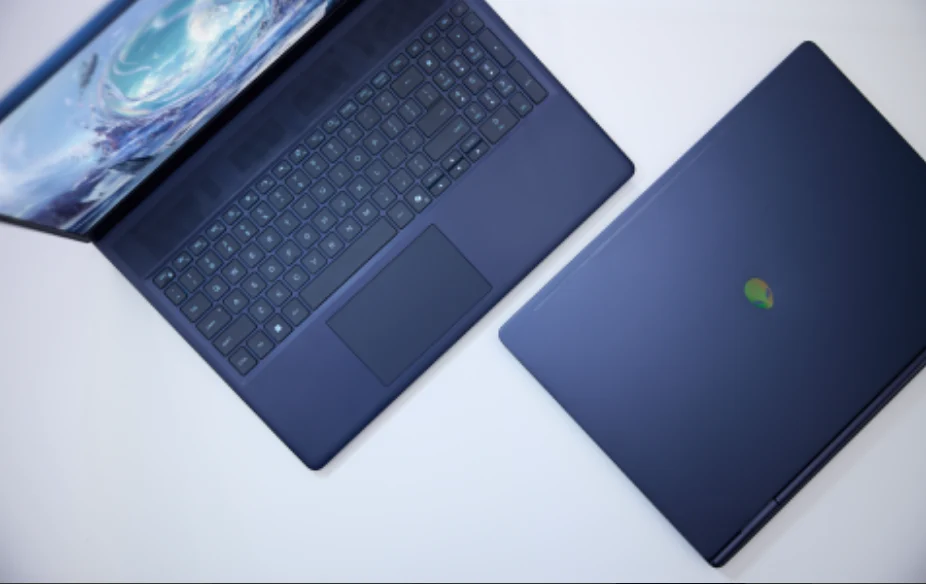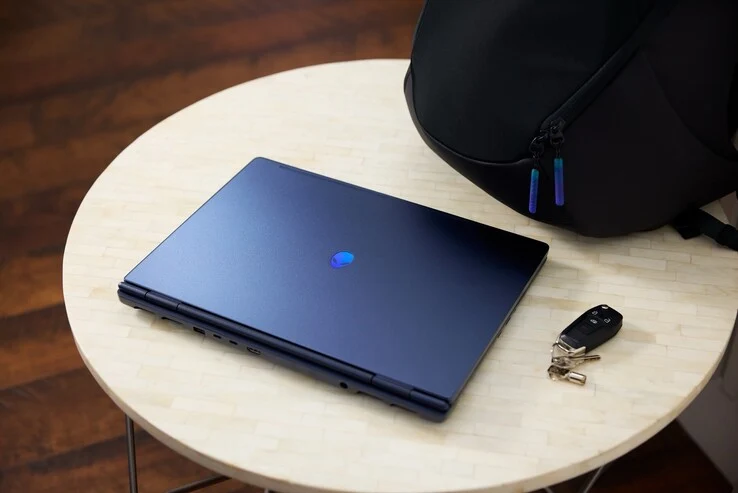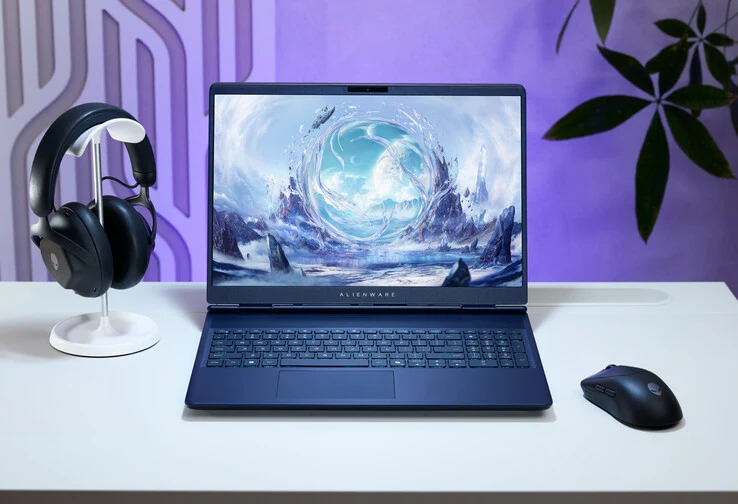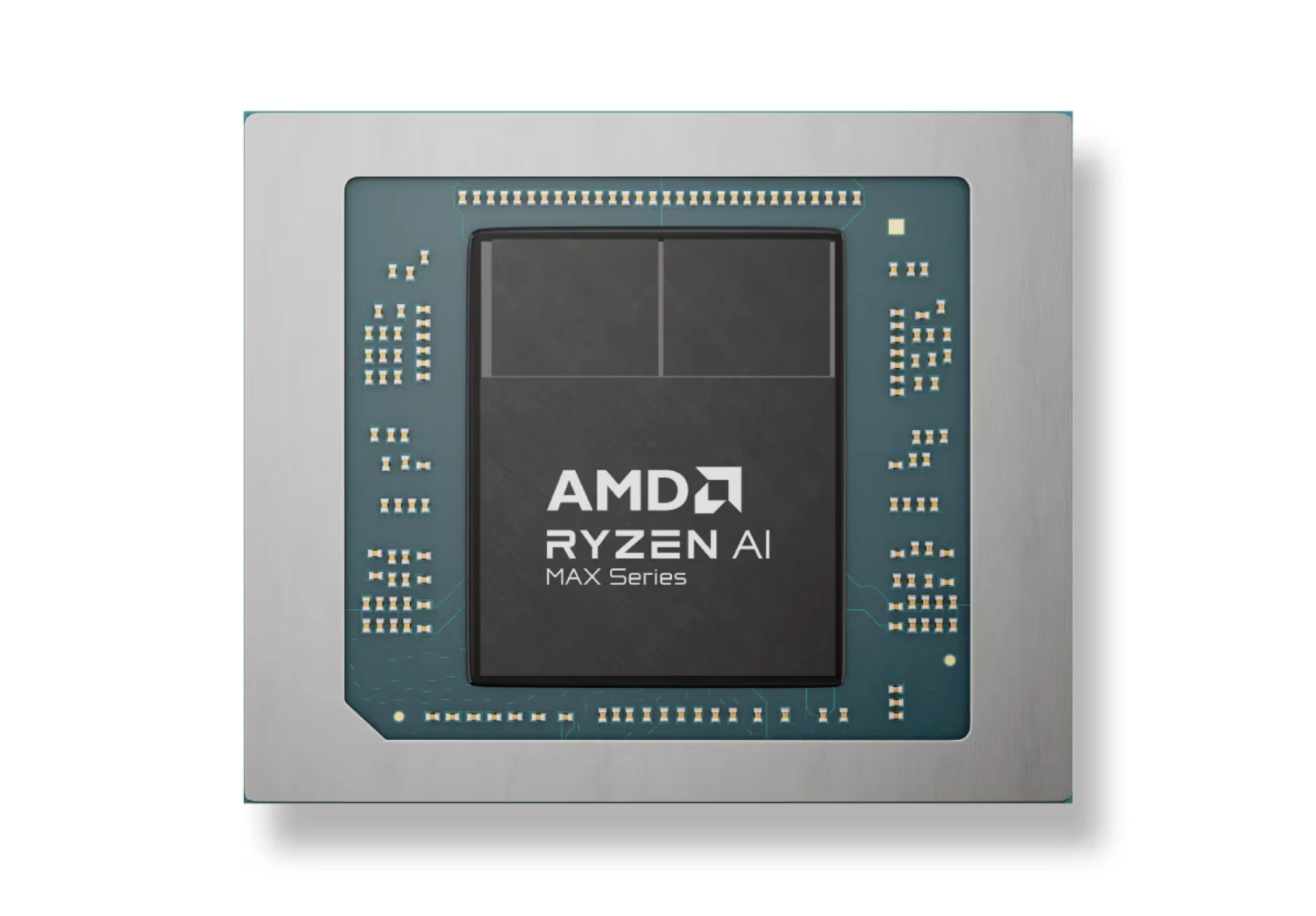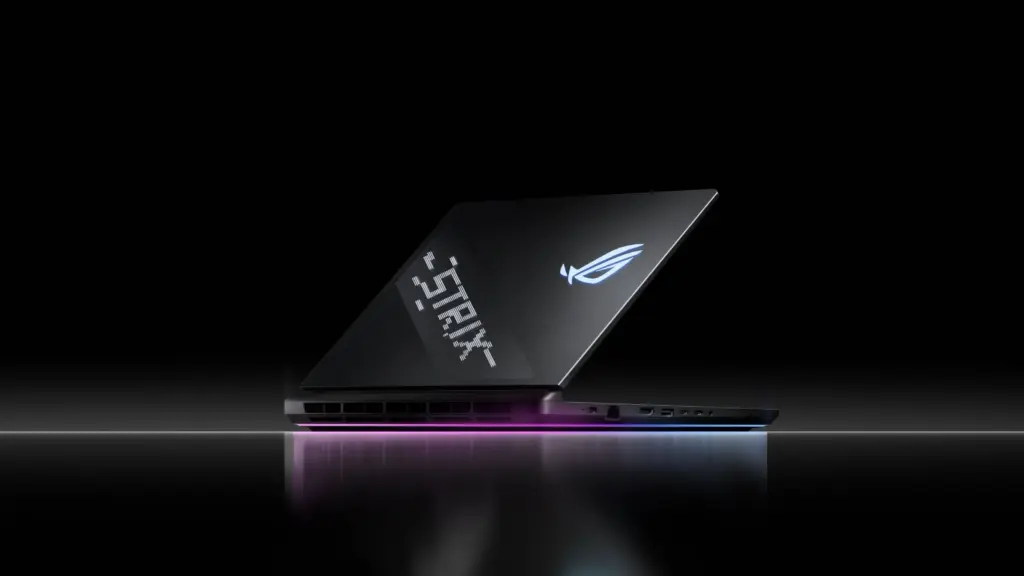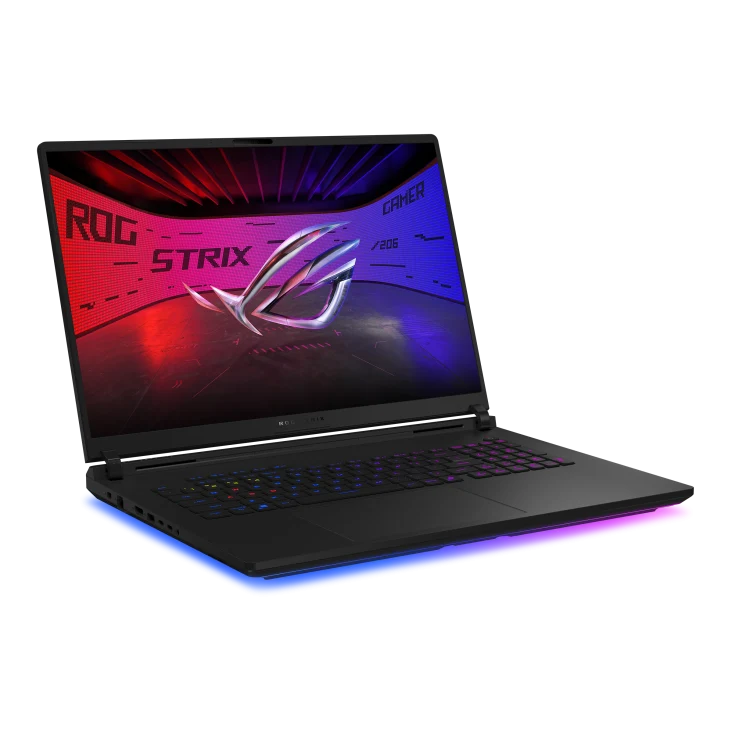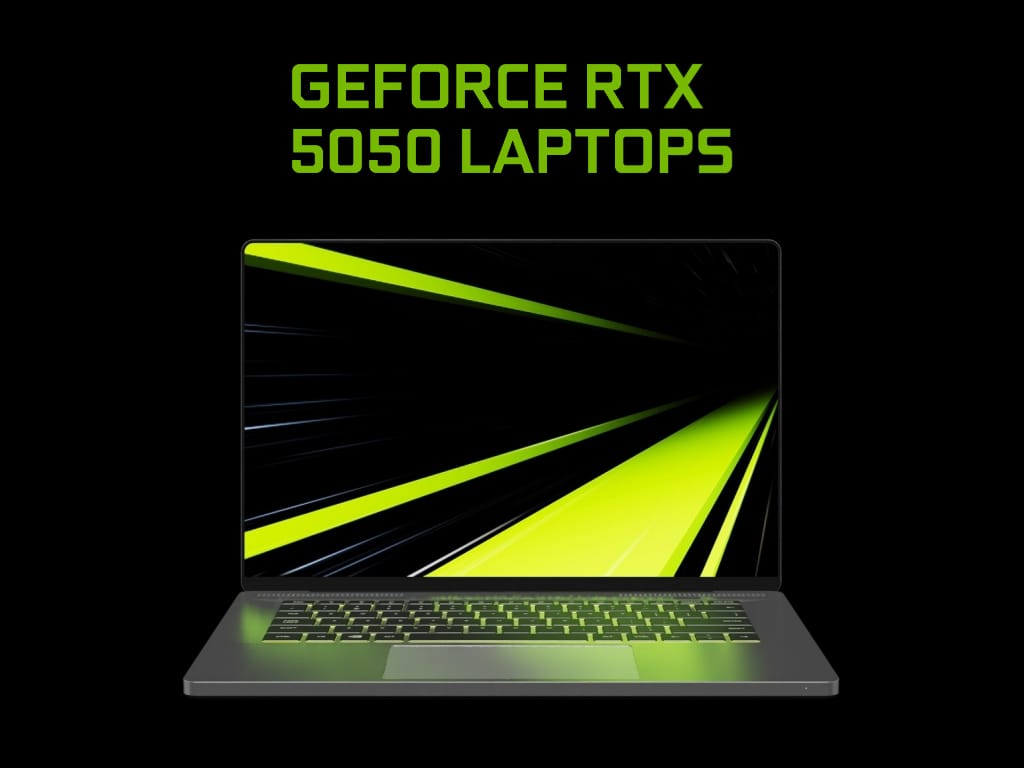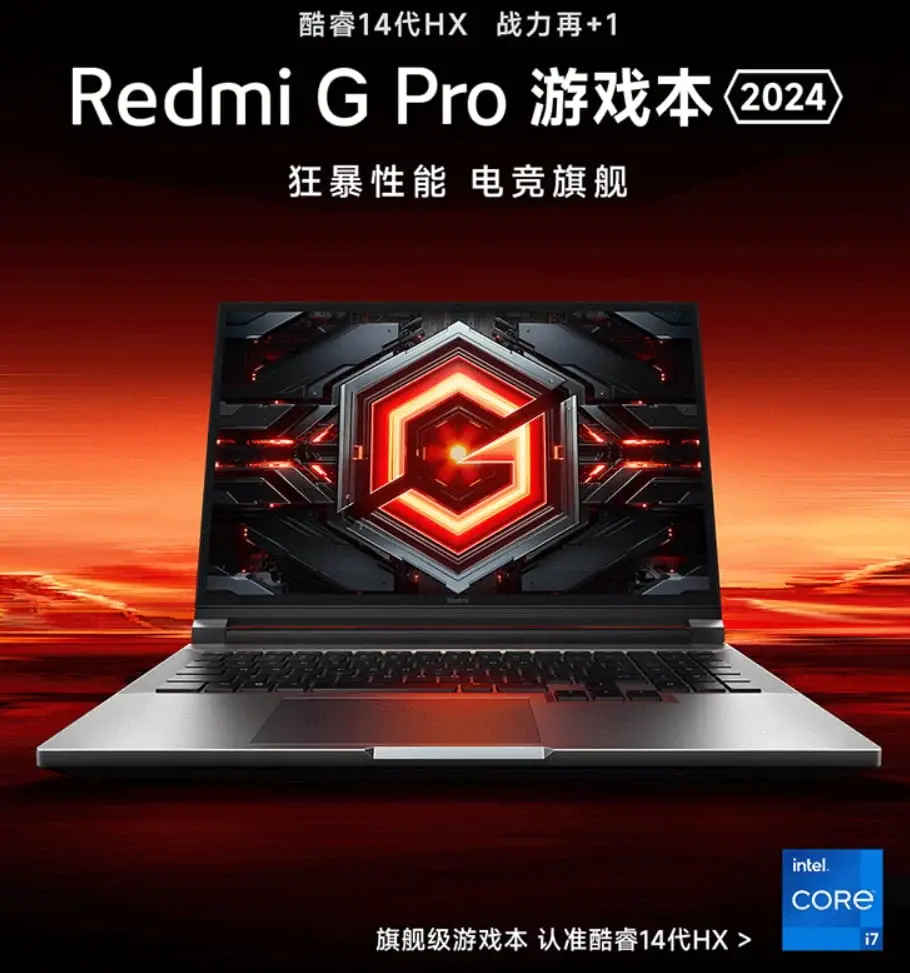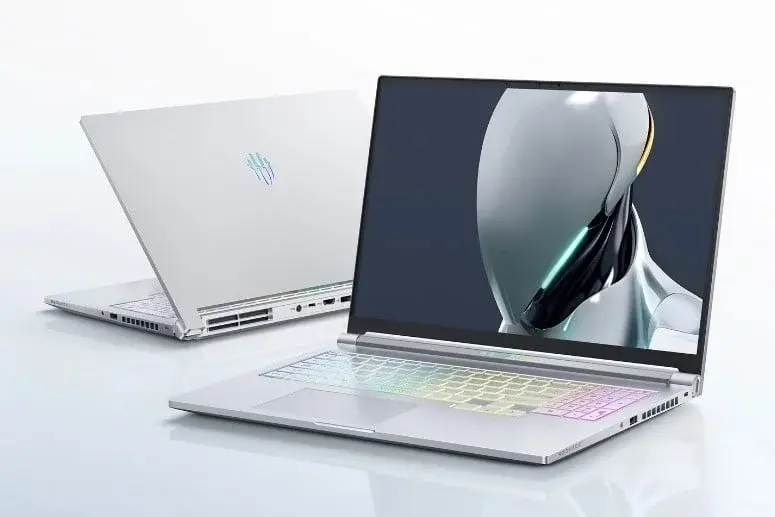Key Takeaways
1. User frustrations about gaming laptops often focus on performance issues, overheating, and warranty limitations across brands.
2. Personal experiences shared indicate that maintenance and thermal design significantly impact laptop reliability and performance.
3. Many users suggest that issues like clogged fans or blocked vents can contribute to diminished performance over time.
4. Long-term reliability may depend more on user maintenance than on manufacturer specifications and support.
5. There is a growing desire for better thermal designs, durable components, and internationally valid warranties among users seeking reliable gaming laptops.
A recent discussion on r/GamingLaptops gained significant interest when a Reddit user named Sea_Buffalo_8558 posed the question: “What’s the most reliable gaming laptop?” This seemingly simple query sparked a variety of responses that highlighted user frustrations, mainly revolving around performance challenges, heat management issues, and perceived limitations of warranties across different brands.
User Experiences with Laptops
In the Reddit thread, the user mentioned upgrading from an HP Envy to a Lenovo Legion 7 (Ryzen 7 5800H, RTX 3070, 32 GB RAM), stating that the laptop began to overheat and slow down after just 18 months of use. They noted that despite performing a full thermal re-paste and cleaning the internals, the device remained slow, particularly under machine learning tasks. “I literally gave up on doing heavy stuff on my laptop,” they expressed.
Shared Frustrations
The post received more than twenty replies from users who shared similar experiences with other brands like MSI, Asus, and Alienware. While some people pointed to maintenance issues as the cause of the performance drops, suggesting things like using cooling pads or changing performance settings, others guessed that there might be deeper design flaws at play.
One user commented, “It’s not the brand, it’s the build quality and thermal design that matters most,” sharing their perspective. Additionally, several respondents noted that warranty services can differ greatly by region, with claims that international purchasers often find themselves without sufficient support.
Discussions on Reliability and Maintenance
Among the responses, Reddit user Alternative_Yam_2642 mentioned they had faced vapor chamber failure. Another user, wiseleo, replied to the original post, hinting that clogged fans or blocked vents might be part of the reason for the laptop’s diminished performance.
While some users reported satisfaction with newer models like the ROG Strix Scar or the Alienware m-series, others speculated that long-term reliability might hinge more on how well users maintain their devices rather than on the assurances provided by the manufacturers.
Based on the conversation, it seems some commenters are adjusting their expectations regarding gaming laptops. Many users expressed concerns about the shortcomings of just focusing on raw specifications. Among those who use their laptops for both gaming and AI or machine learning, reliability emerged as a key consideration. Likewise, a few posts pointed out the desire for better thermal designs, more durable components, and warranties that are valid across different regions.
Source:
Link


